Millions of dollars in coins and bills are exchanged every day across the country, and while most hold only their face value, certain rare coins and banknotes can fetch extraordinary amounts at auction. These high-value pieces are often sought by collectors and investors for their rarity, historical significance, and condition. Among the rarest and most expensive coins are the 1794 silver dollar and the 1933 gold “Double Eagle,” which have broken records for their sale prices in recent years.
Factors that Determine a Coin’s Value
This Article Includes
Before delving into the specific coins that have captured the world’s attention, it’s important to understand the key factors that determine the value of a coin. According to currency experts at US First Exchange, three main elements contribute to the value of a coin:
- Rarity: The scarcity of a coin is one of the most crucial factors. Coins that were produced in limited numbers or have unique characteristics are highly prized by collectors.
- Condition and Grade: A coin’s physical condition significantly impacts its value. Coins that are well-preserved, with sharp details and minimal wear, are worth more than those that are damaged or heavily circulated.
- Market Demand: The value of any item, including coins, can fluctuate based on demand. If collectors or investors are keen to acquire a specific piece, its price will increase accordingly.
When all three factors align in a coin, the value can soar into the millions, as seen in the cases of the 1794 silver dollar and the 1933 gold “Double Eagle.”
The Record-Breaking 1794 Silver Dollar
One of the most famous and expensive coins in history is the 1794 silver dollar. Known as the “Flowing Hair” dollar, this coin is believed to be one of the first ever minted by the United States Mint. It features a portrait of Lady Liberty on one side and an eagle on the reverse. The design, with its flowing hair, became symbolic of the early days of the United States, making the coin a critical part of American numismatic history.
In 2013, this rare silver dollar shattered records by selling for more than $10 million at auction, making it the most expensive one-dollar coin ever sold at that time. The high price was attributed not only to the coin’s rarity but also its superb condition. According to Stack’s Bowers, a leading auction house in rare coins, the coin’s intricate details—such as the finely defined curls of Lady Liberty and the sharp feathers of the eagle—set it apart from other coins of the era.
Bruce Morelan, a collector and businessman, purchased the coin for $10,016,875 in 2013. Morelan later sold the coin in 2022 for an impressive $12 million to GreatCollections, an auction house based in Irvine, California. This sale further cemented the 1794 silver dollar’s status as a symbol of both historical and financial value.
The 1933 Gold “Double Eagle”: A New Record
While the 1794 silver dollar set a high bar for rare coins, it was ultimately surpassed by the sale of the 1933 gold “Double Eagle.” This coin holds the current record for the most expensive coin ever sold. In 2021, the 1933 Double Eagle fetched a staggering $18.9 million at auction, breaking the previous record held by the 1794 silver dollar.
The 1933 Double Eagle is a particularly intriguing piece because, although it was originally minted, it was never officially released into circulation. In 1933, the U.S. government ordered that all Double Eagles be melted down following the country’s departure from the gold standard. However, a small number of these coins managed to escape destruction, and they became highly sought-after by collectors due to their rarity and historical significance.
The 1933 gold coin was sold by Sotheby’s in 2021, and its high price was attributed not only to its rarity but also to its fascinating story. The coin’s association with the end of the gold standard and its illegal status for many years made it a piece of both financial and historical intrigue.
Why Do Rare Coins Command Such High Prices?
The sale prices of the 1794 silver dollar and the 1933 Double Eagle are indicative of a broader trend in the world of rare coin collecting. Coins are not just currency—they are also tangible pieces of history, and for collectors, owning a rare coin means possessing a direct link to the past. Additionally, these coins are often seen as a form of investment, as their value tends to appreciate over time, especially when market demand increases.
Rare coins like the 1794 silver dollar and the 1933 gold “Double Eagle” are considered investments that can yield substantial returns. Their unique history, intricate design, and rarity ensure that they remain highly coveted by collectors and investors alike.
Conclusion
The world of rare coins offers fascinating insights into both history and financial markets. Pieces like the 1794 silver dollar and the 1933 gold Double Eagle not only hold historical significance but also continue to captivate collectors and investors with their incredible value. As long as rarity, condition, and demand remain the defining factors in the market, we can expect rare coins to continue fetching extraordinary prices in the years to come.

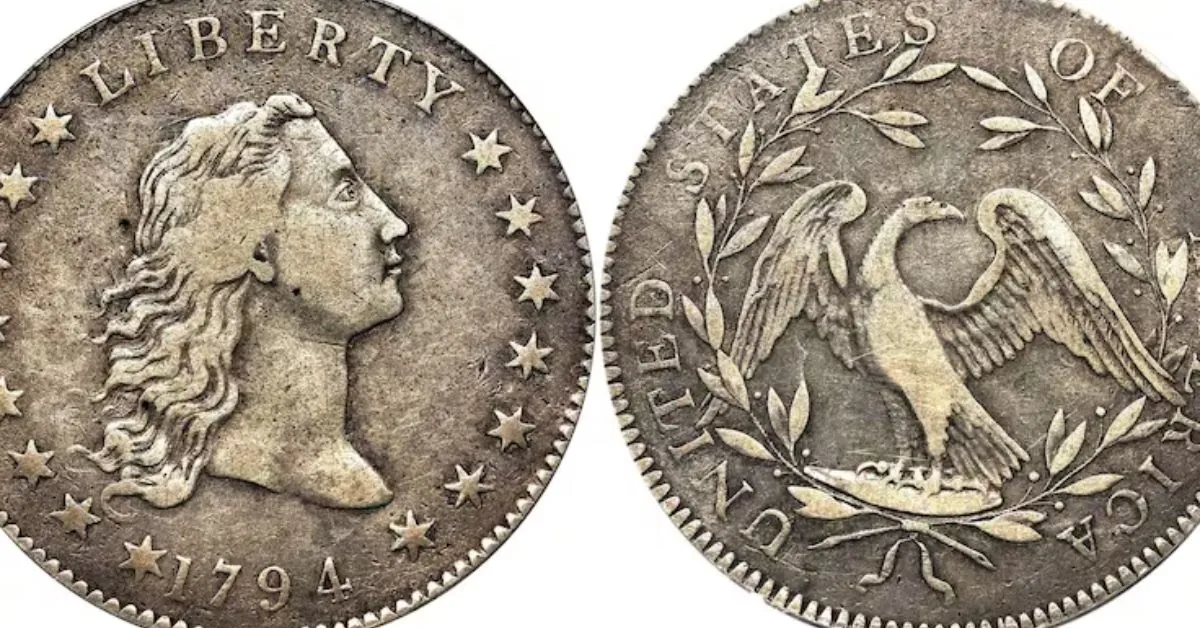
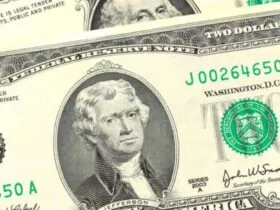

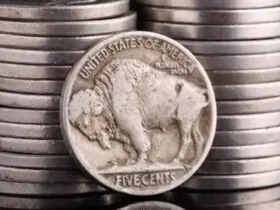
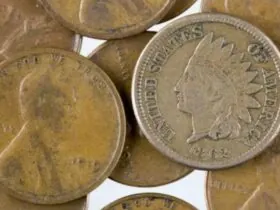

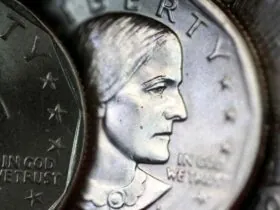
Leave a Reply